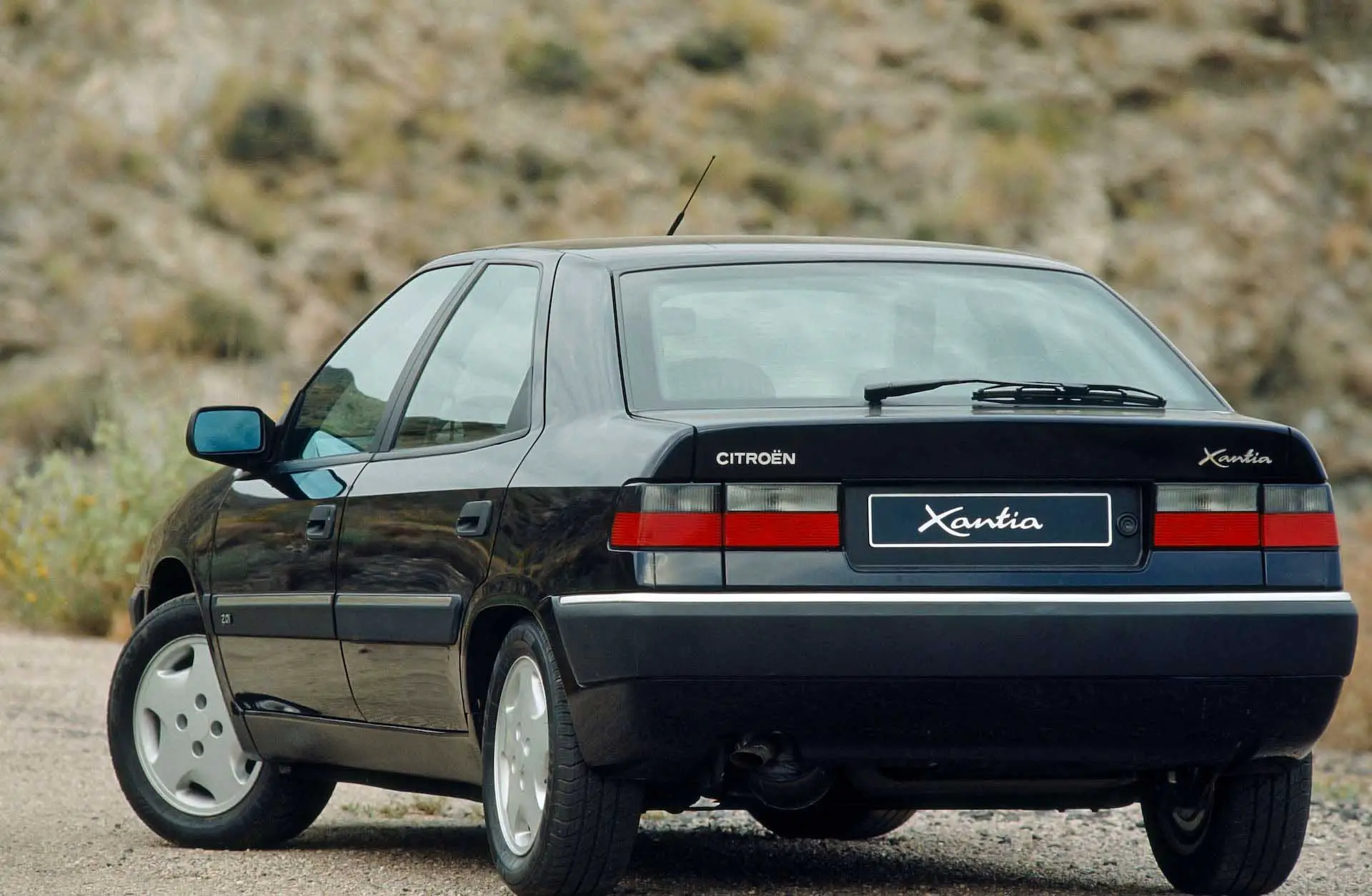Citroën Xantia: who doesn’t actually know it?
Xantia production number
The Citroën Xantia debuted at the Geneva Motor Show in March 1993. That was exactly thirty years ago. Worldwide, the Xantia has a large fan base. Not surprising either, since the Xantia was a hit. From 1993 through 2010, Citroën produced as many as 1,326,259 Xantias, most notably at the Rennes-la-Janay plant.
Design by Bertone
The Xantia was the successor to the famous BX from the 1980s. The design of the Xantia was inspired by a design by the Italian design house Bertone. By Citroën designer Daniel Abramson, the design was further refined. The Xantia looks dynamic, fluid and robust and has family traits of the XM. In its time, the Xantia also ushered in a new design language for Citroën’s model range.

Comfort in abundance
During the nine years the Xantia was in production in France, Citroën continued to develop the model. Initially, it was available in a limited number of trims and engine variants. The top versions were equipped with “Hydractive II,” the electronically controlled hydropneumatic suspension that reduced cornering lean without adversely affecting suspension comfort.
Xantia Activa
In 1994, Citroën launched the Activa version of the Xantia. That was equipped with the Hydractive II system, but augmented by two cylinders that prevented the car from leaning more than half a degree. With that, the Xantia Activa remained completely flat in corners. Michelin even developed special tires for the Xantia Activa so that riders could take full advantage of the new technology.
Citroën Xantia Break
In 1995 the Xantia Break appeared and in 1997 the Xantia received a facelift. In 1998, the Xantia was the first PSA Group model to feature the all-new 2.0 HDi common-rail diesel engine.

Hydractive II
In terms of technology, Hydractive II – the technology that combines the power of hydraulics with the speed of electronics – was the symbol of the Xantia’s uniqueness. Citroën fitted the existing hydropneumatic suspension with an additional spring bulb per axle. That sphere is activated via electromagnets in the normal circuit – with one sphere per spring cylinder. The driver can choose from two modes for the damping of the suspension and suspension: smooth and sporty. The computer in the car then chooses the appropriate settings based on the information about the road surface that sensors in the car transmit. Thanks to this technology, driver and passengers travel extremely comfortably, but above all with much more peace of mind.
Stitching
Comfort, safety, advanced technology and driving pleasure were the keywords with which Citroën described the Xantia in 1993. The comfort offered by the interior was unprecedented at the time. The upholstery with the characteristic stitching was an important feature of the Xantia and also of its successor, the Citroën C4. The interior of the Xantia stood out for its harmony of colors and materials and was equipped with every comfort. The passenger compartment was extra reinforced and leading in rigidity. This was due in part to the use of thicker sheet metal and reinforcing beams in the doors – all to protect the occupants.

Famous advertising
The Citroën Xantia is the symbol of innovation and quality. This made it a subject of choice for Citroën’s advertisers. Consider the famous 1995 commercial featuring top athlete Carl Lewis (see below video). Because he had bet that a car could not drive flat through curves and that had become possible with the Citroën Xantia, he had to become a monk. And in 1999 Citroën used an entirely different advertisement, featuring an Xantia on a pyramid, as proof of its excellent road handling.

